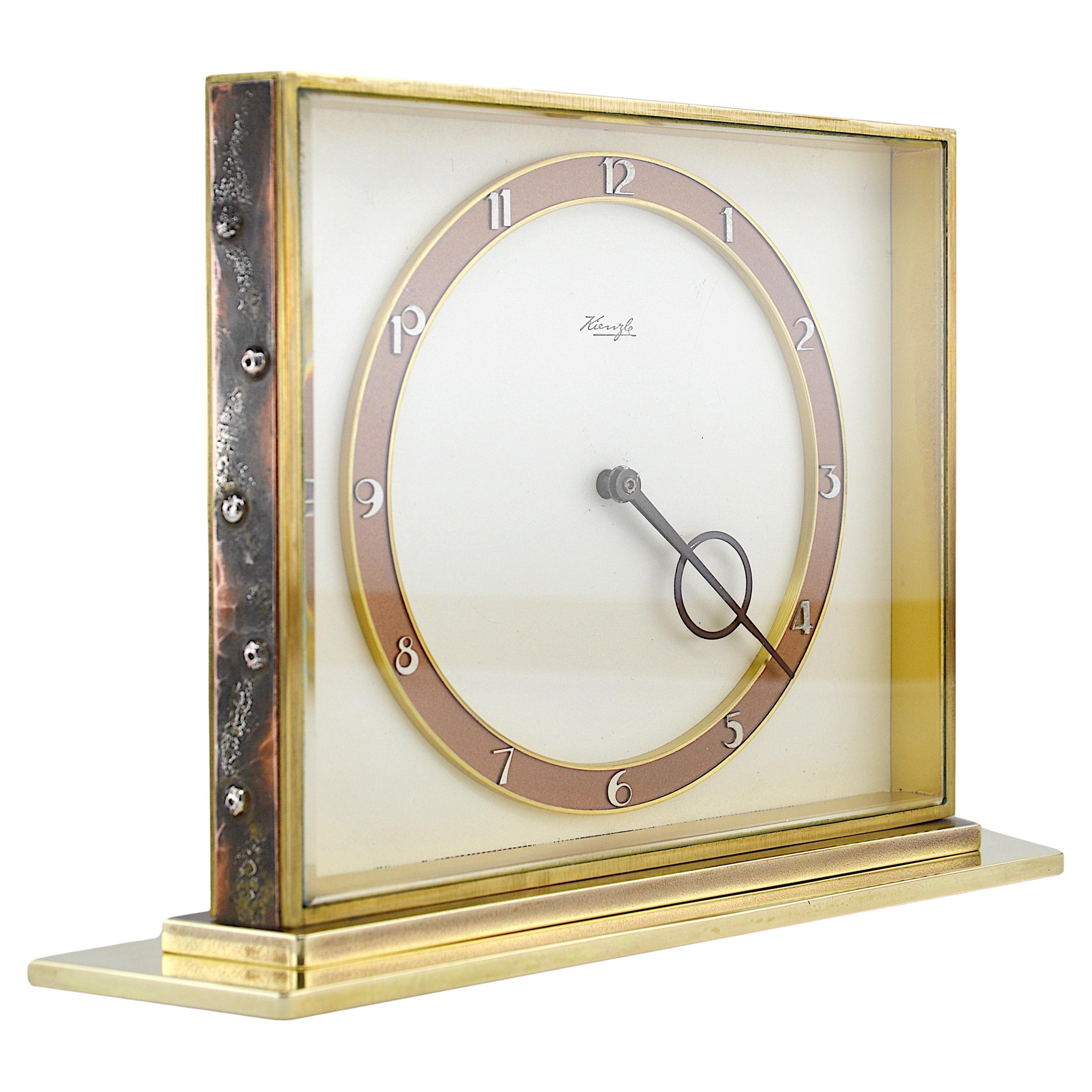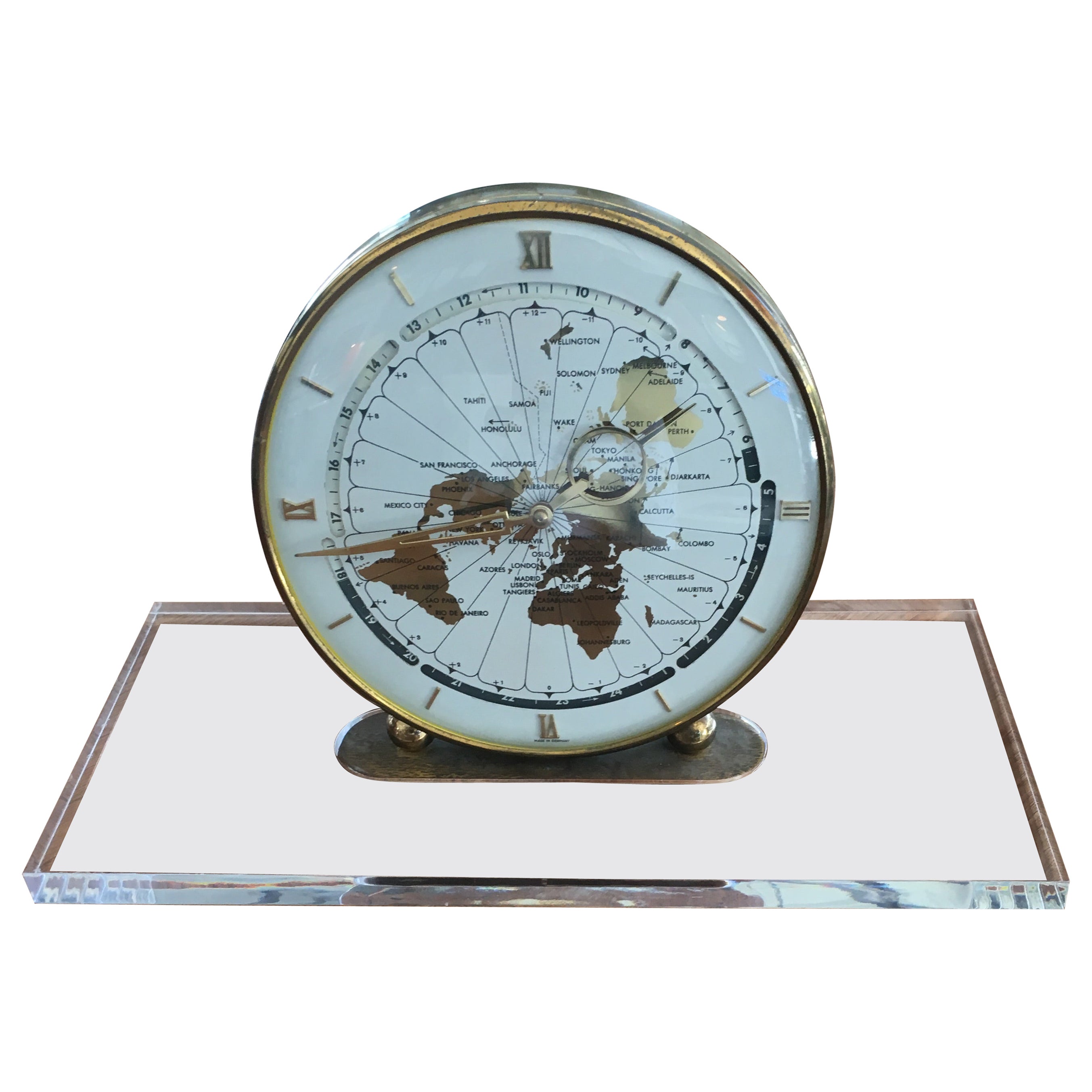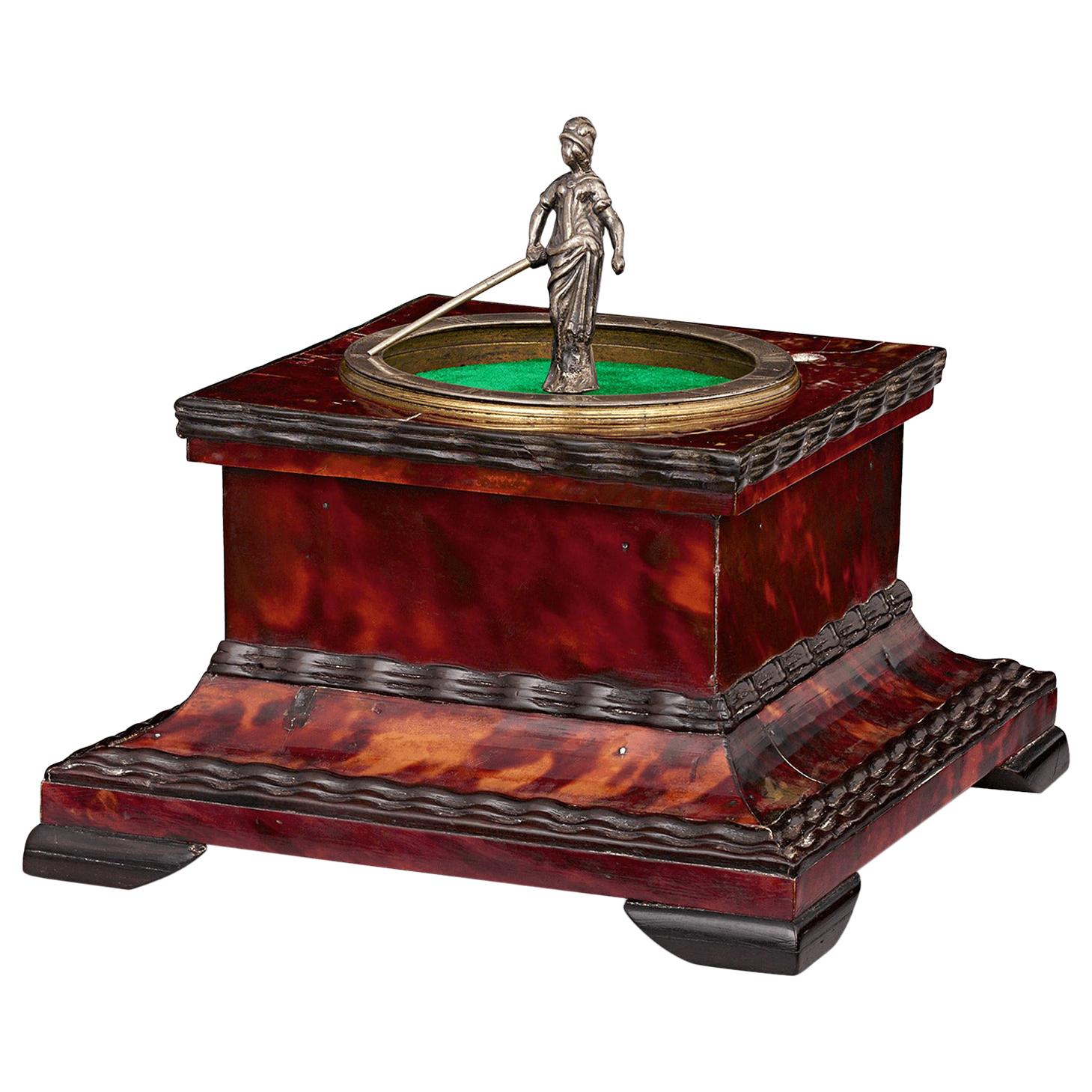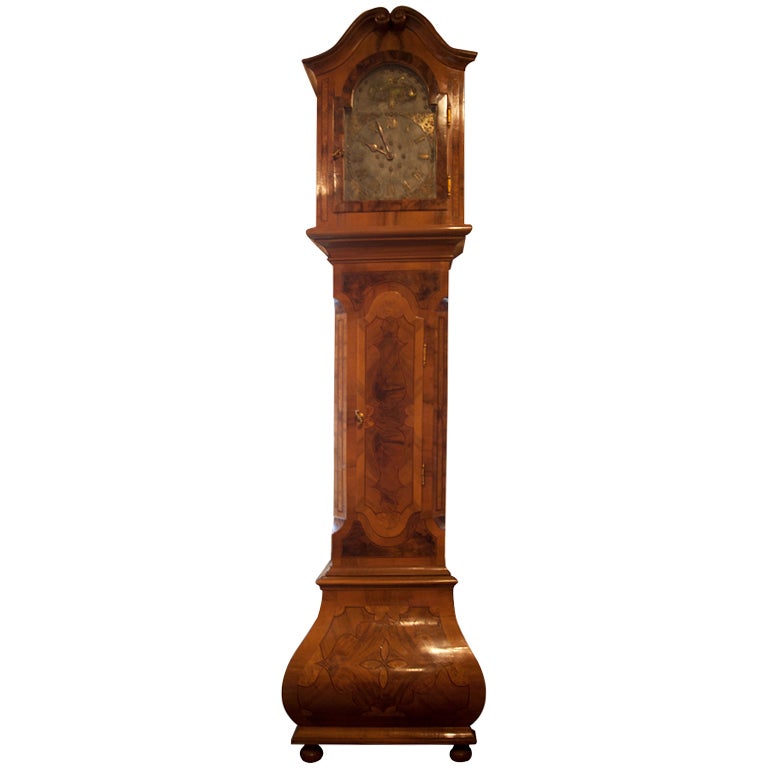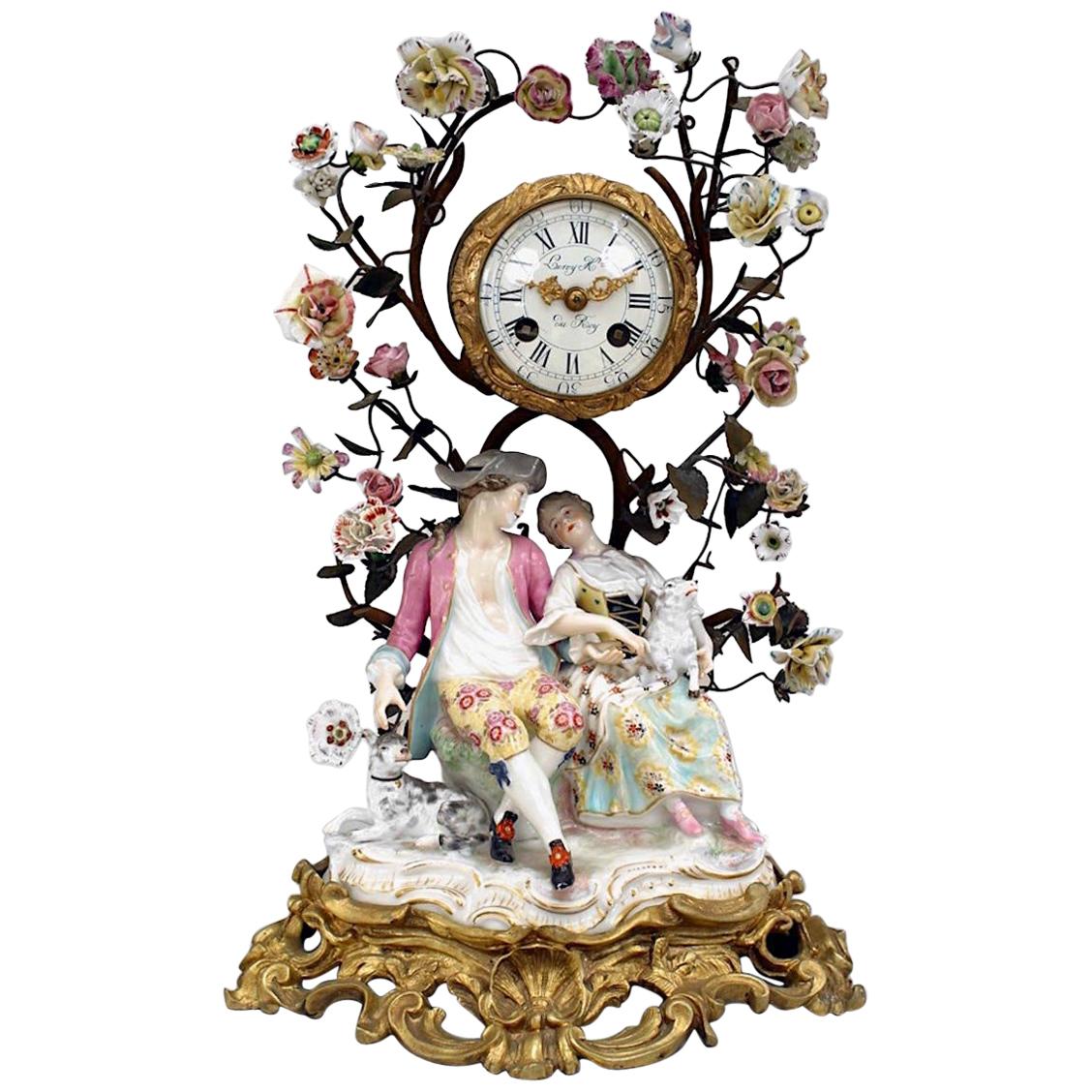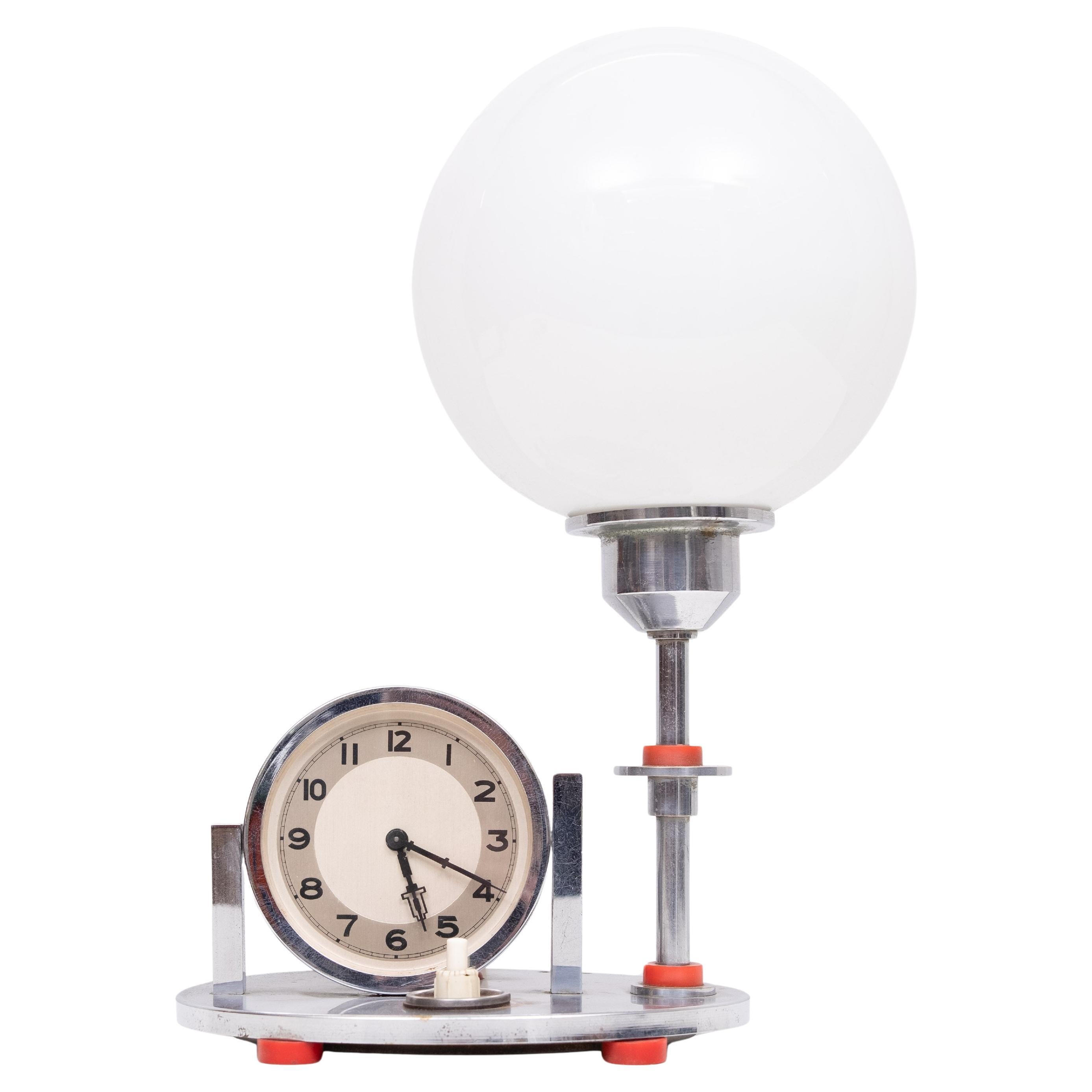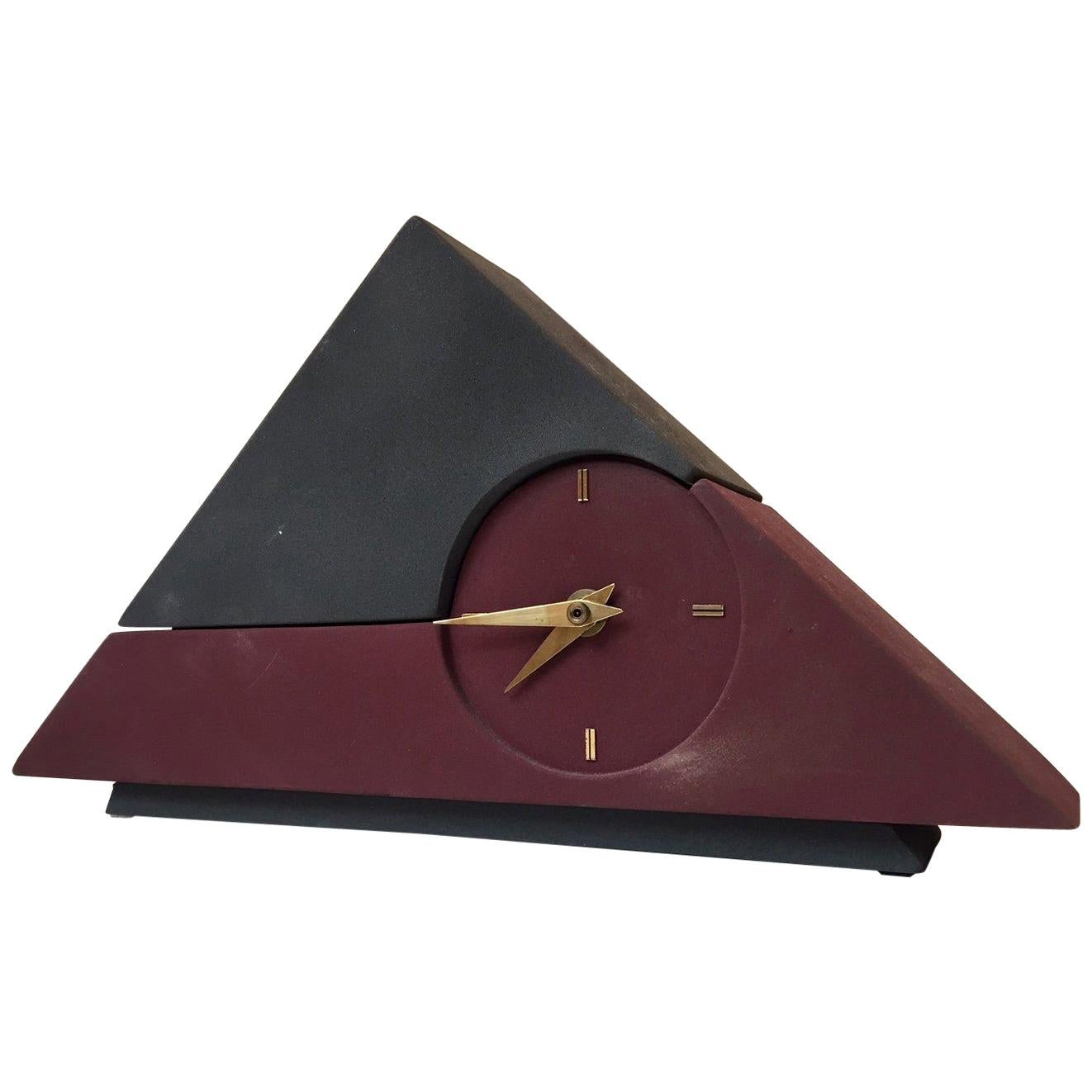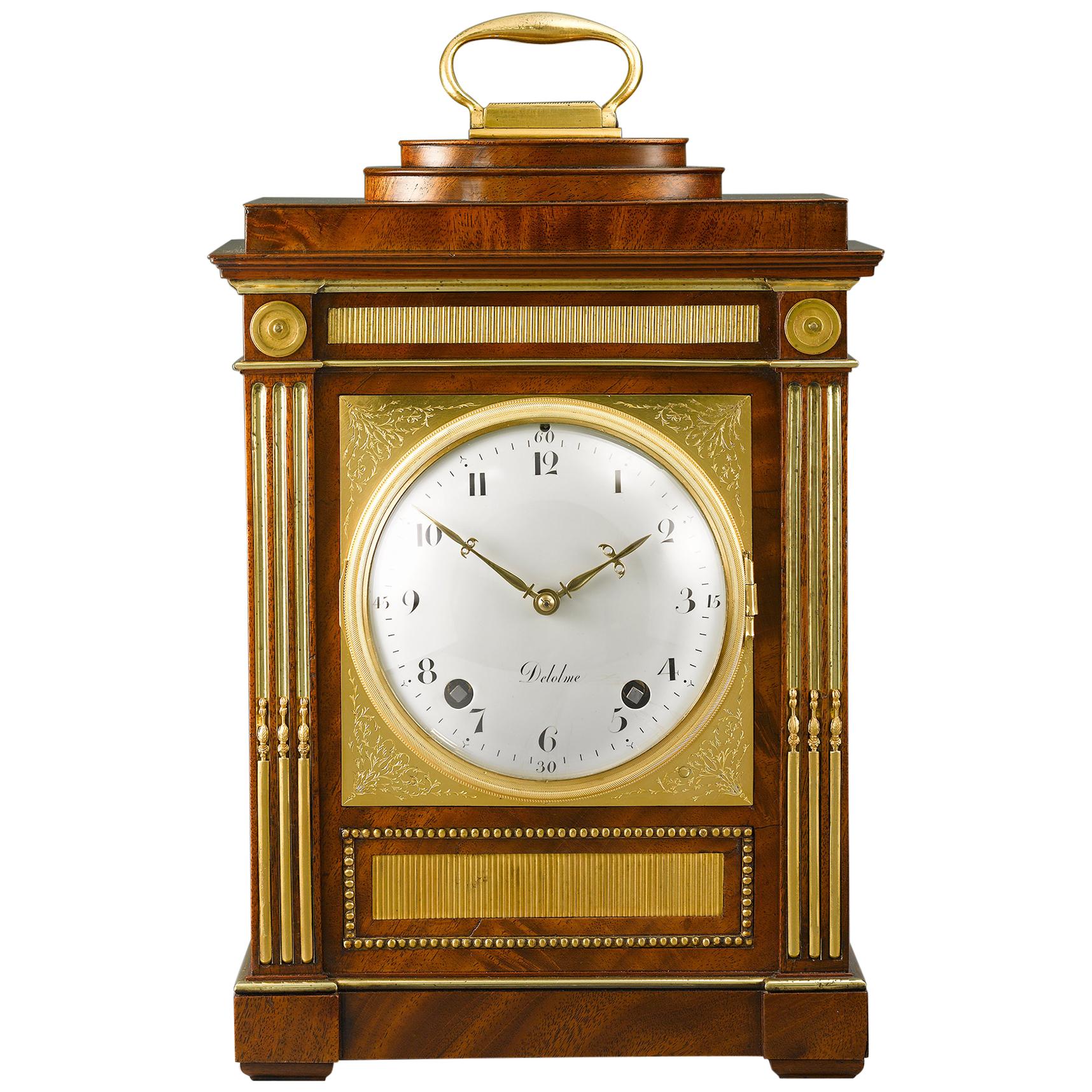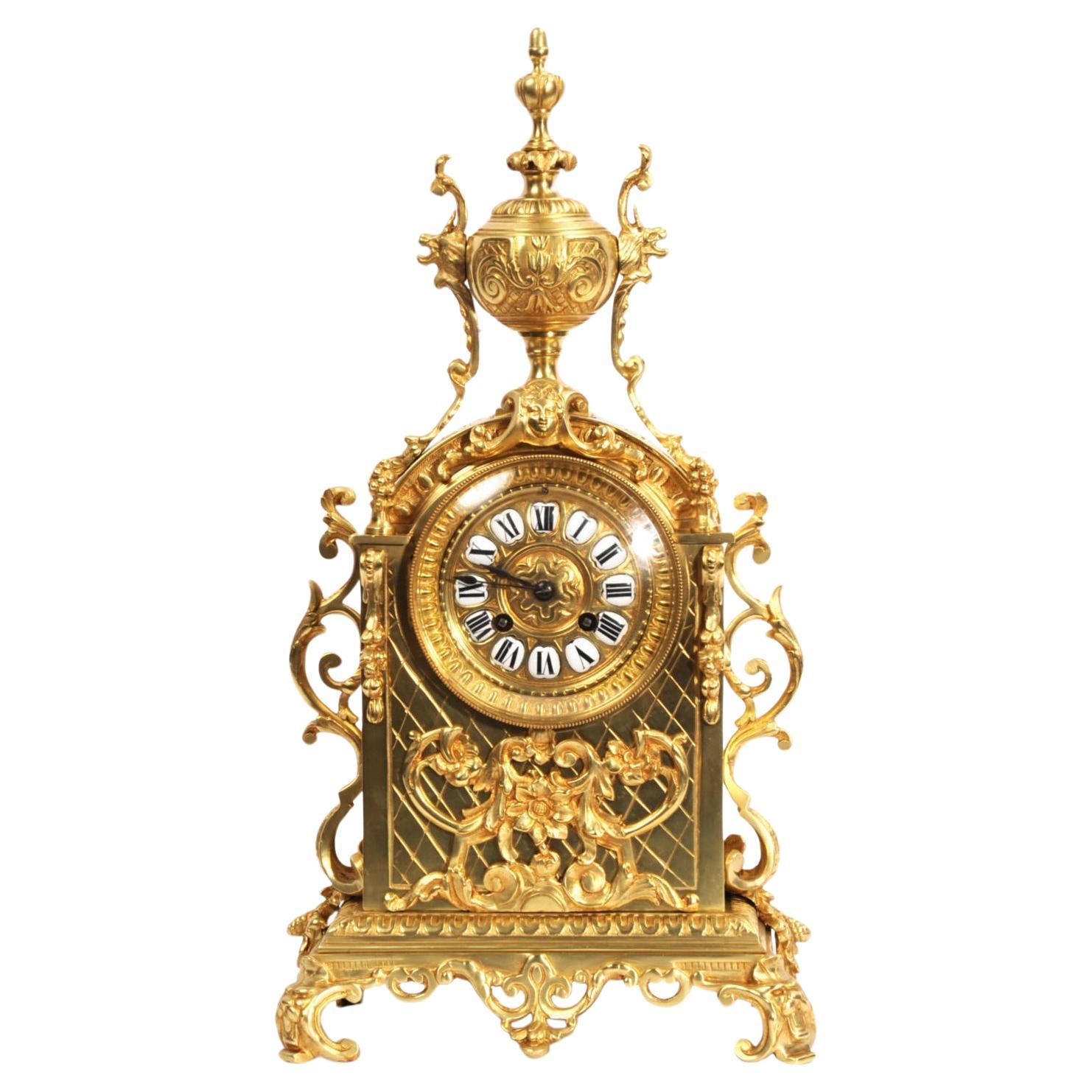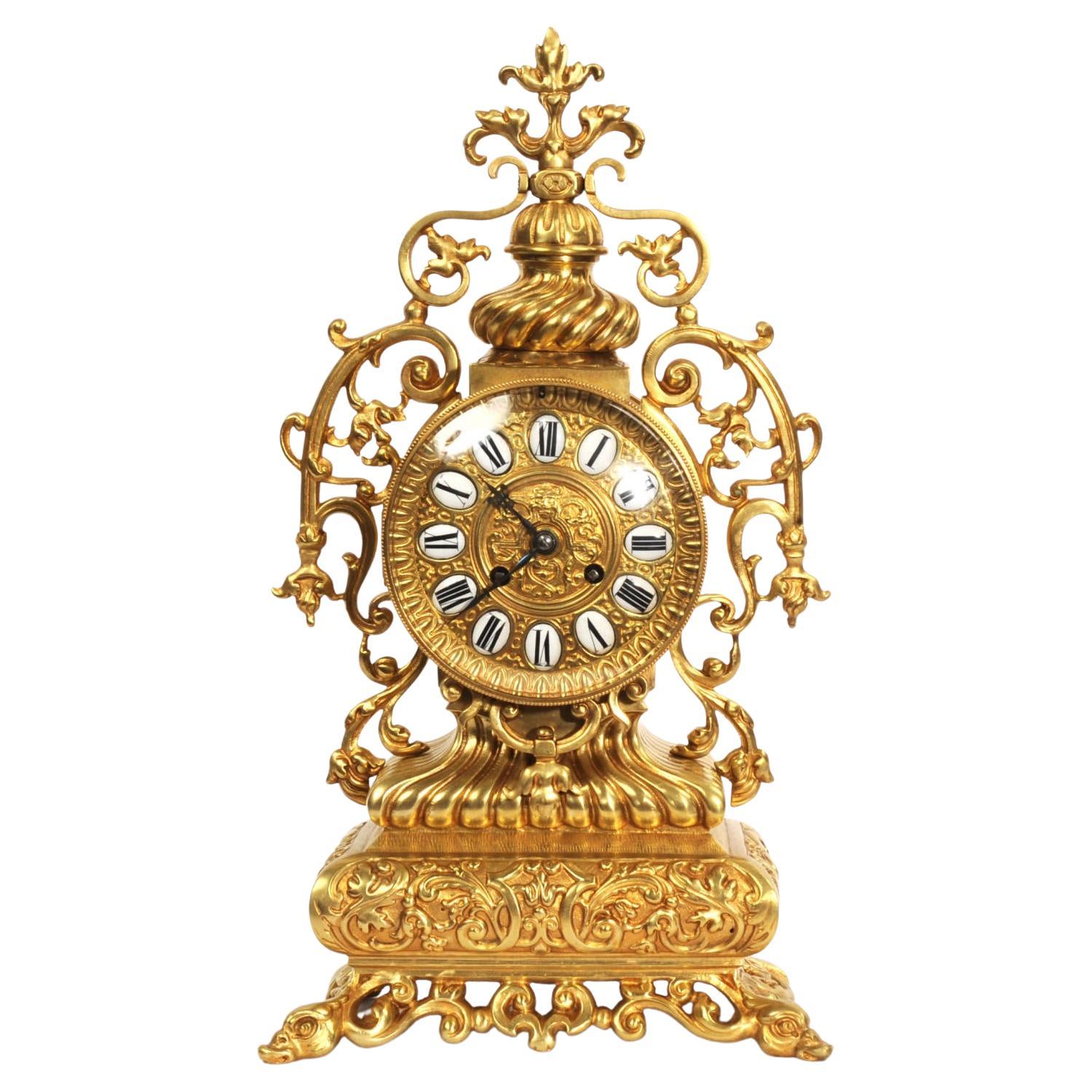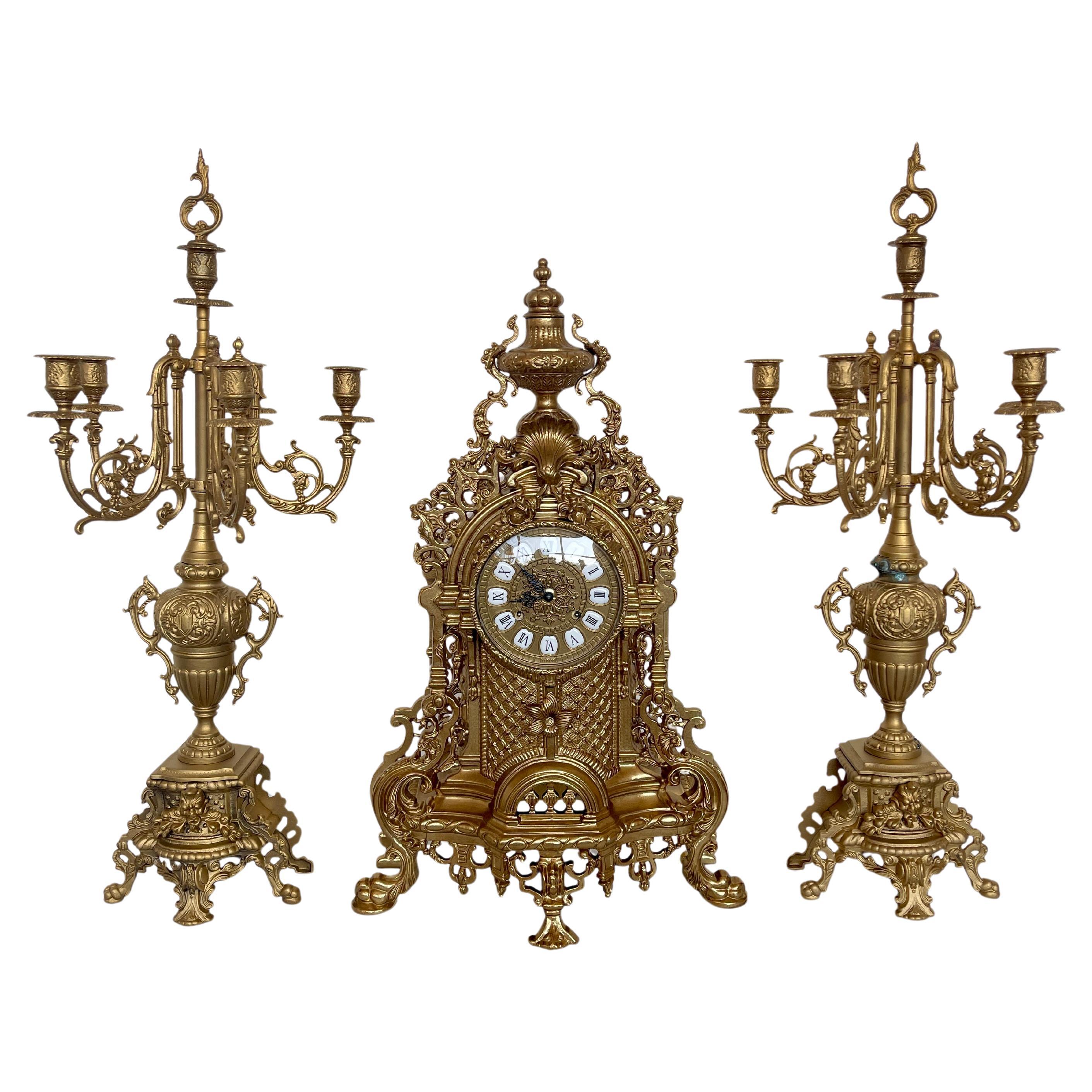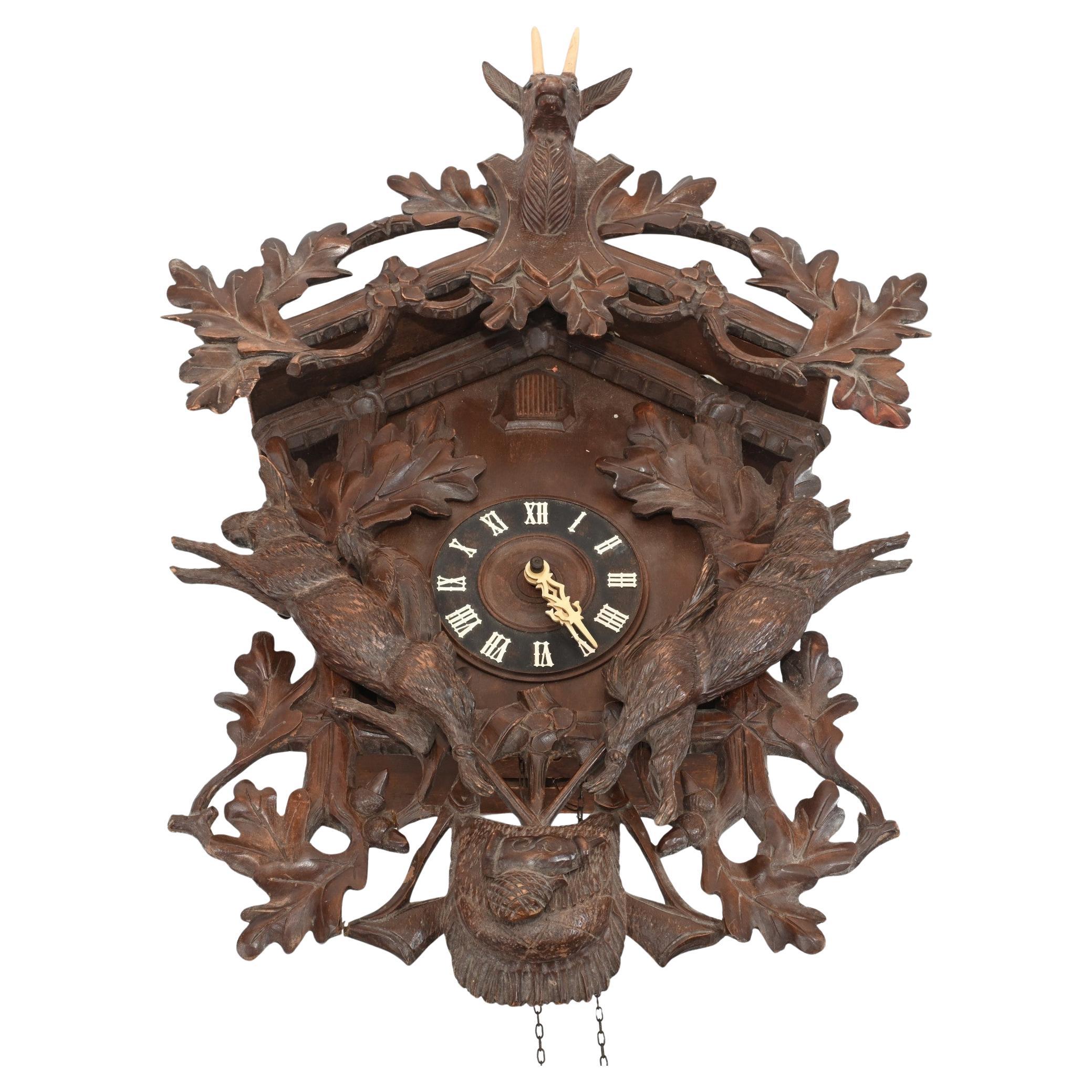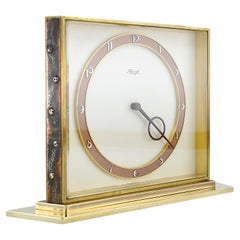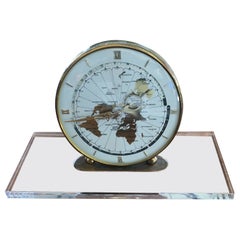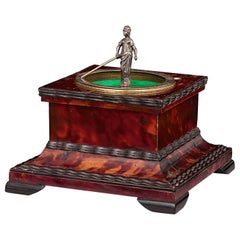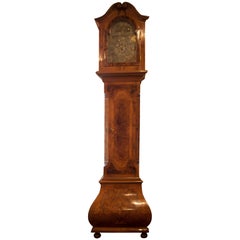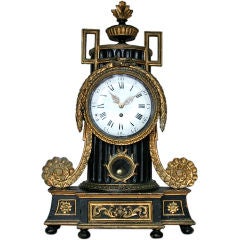
German Baroque Table Clock
View Similar Items
1 of 7
German Baroque Table Clock
About the Item
- Dimensions:Height: 30 in (76.2 cm)Width: 20 in (50.8 cm)Depth: 7 in (17.78 cm)
- Materials and Techniques:
- Place of Origin:
- Period:
- Date of Manufacture:Mid 18th Century
- Condition:Wear consistent with age and use.
- Seller Location:Kilmarnock, VA
- Reference Number:Seller: 711stDibs: U10031388865
Authenticity Guarantee
In the unlikely event there’s an issue with an item’s authenticity, contact us within 1 year for a full refund. DetailsMoney-Back Guarantee
If your item is not as described, is damaged in transit, or does not arrive, contact us within 7 days for a full refund. Details24-Hour Cancellation
You have a 24-hour grace period in which to reconsider your purchase, with no questions asked.Vetted Professional Sellers
Our world-class sellers must adhere to strict standards for service and quality, maintaining the integrity of our listings.Price-Match Guarantee
If you find that a seller listed the same item for a lower price elsewhere, we’ll match it.Trusted Global Delivery
Our best-in-class carrier network provides specialized shipping options worldwide, including custom delivery.You May Also Like
Kienzle German Midcentury Table Clock, 1950s
By Kienzle Clocks
Located in Saint-Amans-des-Cots, FR
This mid-century German table clock, created by Kienzle in Germany in the 1950s, is a vintage masterpiece. A rare design. Featuring a luxurious combination of brass and bevelled glas...
Category
Vintage 1950s German Mid-Century Modern Table Clocks and Desk Clocks
Materials
Brass
Italian World Table Clock, Germany, 1950s
Located in Los Angeles, CA
World table clock in brass with lucite base. In great working condition with winding mechanism in the back. The clock without the base is 9" wide and 9" tall. Germany, 1950s.
Category
Mid-20th Century German Mid-Century Modern Table Clocks and Desk Clocks
Materials
Brass
Buschman “Minerva” German Horizontal Table Clock
Located in New Orleans, LA
The extraordinary beauty and superior craftsmanship of 17th century German clockmaking is on full display in this exceptionally rare horizontal tabletop timepiece dating to 1650 Augsburg. Created by Johannes Buschman the Younger, the eminent Buschman family of clockmakers are lauded for designing some of the finest timepieces to ever be created in the South German town of Augsburg during the late Renaissance and early Modern periods. A finely moulded ebony and turtleshell casing veneered in a mottled red hue holds the clock’s fusée and chain movement with verge escapement and balance with hogs-bristle regulation. A silver figure of Minerva, Roman goddess of war and wisdom, centers the Roman numeral-engraved chapter ring, indicating the time by pointing to the hour with an authoritative military staff as the sun rotates below her feet to indicate the minute. The incredible design is finished by a gilded backplate intricately pierced and engraved with a floral motif and the signature of Johannes Buschman.
Clocks are one of the greatest and most important inventions of the Renaissance period, improving steadily into the Age of Discovery. Embodying a renewed interest in science, the arts and humanism, the first mechanical timepieces began appearing in the 14th century and were large, weight-driven devices placed in the turrets of public buildings that struck the hour and lacked hands and faces. This clock was created during the first period of household clocks, when spring-driven movements made it possible to create smaller and more complex mechanisms. Such creations, however, were a luxury accessible only to the wealthy upper classes. Affluent patrons placed pressure upon artisans to create more elaborate and ornate clocks...
Category
Antique 17th Century German Renaissance Table Clocks and Desk Clocks
Materials
Silver
German Baroque Style Inlaid Walnut Tall Case Clock, 19th Century
Located in Savannah, GA
German Baroque style inlaid walnut tall case clock, 19th Century. The bonnet with a scroll molded cornice above an arched glazed door opening to a pewter and brass dial with a Roman...
Category
Antique 19th Century German Clocks
Materials
Brass, Pewter
German Meissen Porcelain Clock
Located in Queens, NY
German Meissen (19th Century) porcelain group of men and women with floral and bronze branches around mantel clock (not working)
Category
Antique 19th Century German Neoclassical Mantel Clocks
Materials
Bronze
Art deco Table Clock and Lamp 1930s Germany
Located in Den Haag, NL
Very nice Art Deco table Clock Lamp .Chrome with Red
details . Good working Clock and lamp
Category
Vintage 1930s German Art Deco Table Clocks and Desk Clocks
Materials
Chrome
